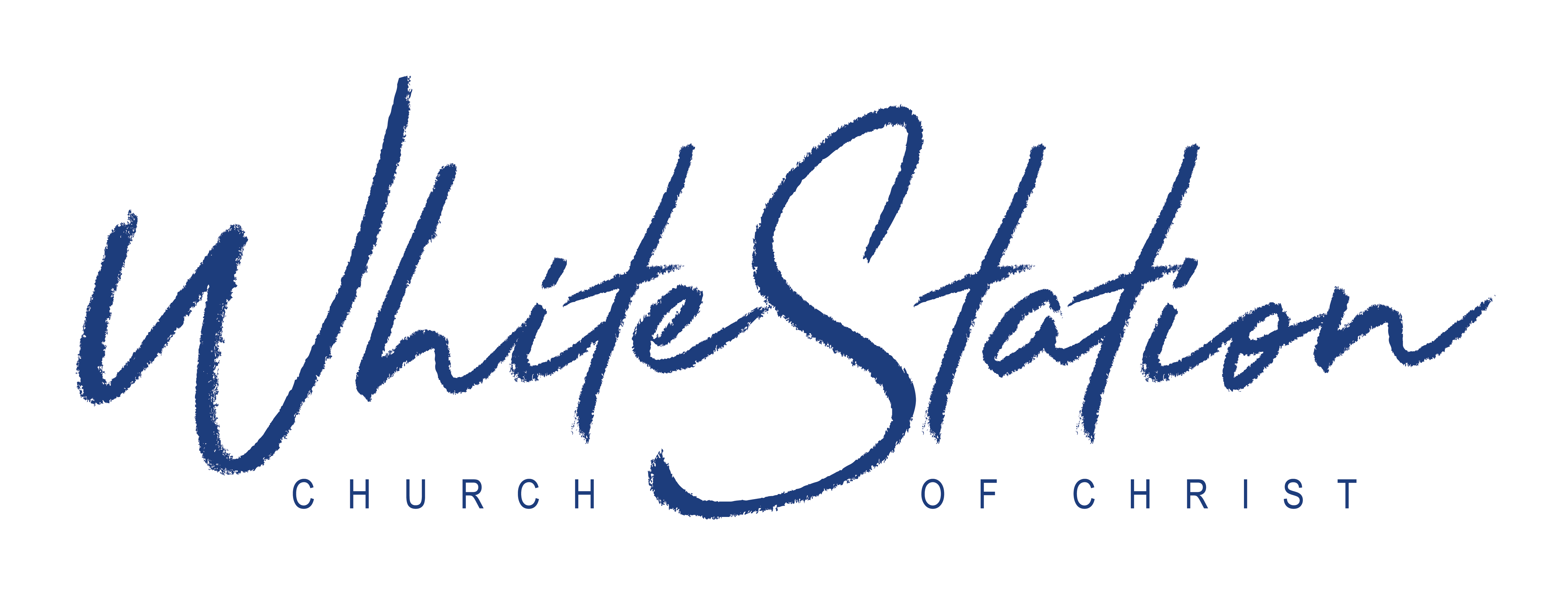Scientists and archaeologists are fascinated by the destruction of Tall el-Hammam, the Bronze Age city in the Jordan Valley that was curiously destroyed in 1650 B.C. It was considered a metropolis during its time, but had the unusual fate of being destroyed not by an enemy army, but by something else. But that’s where scientists and archaeologists are confused: what actually happened?
A recent article in Scientific Reports suggests that evidence of shocked quartz, melted pottery, and soot suggest that Tall el-Hammam was the site of a fiery cosmic airburst thousands of years ago. This explosion would’ve come through when a comet-like substance entered the sky and exploded with an energy 1,000 times greater than what Hiroshima experienced in 1945.
On a related note: students of the Bible have read about the ancient site of Sodom but have never been exactly sure where on a map it would be. We know more about why it was destroyed (immorality and injustice toward the poor) than where it was destroyed. The scholars who wrote the article in Scientific Reports wonder if Tall el-Hammam was, in fact, ancient Sodom. The Bible says that Sodom had, “all its soil burned out by sulfur and salt, nothing planted, nothing sprouting, unable to support any vegetation, like the destruction of Sodom and Gomorrah, Admah and Zeboiim, which the LORD destroyed in his fierce anger” (Dt. 29:23). Jesus tells about it saying, “Likewise, just as it was in the days of Lot: they were eating and drinking, buying and selling, planting and building, but on the day that Lot left Sodom, it rained fire and sulfur from heaven and destroyed all of them (Lk. 17:28-29).
It’s hard to know exactly what this all means for archaeologists and scientists, but it should give believers one more reason to trust the Bible. No, the Bible is not a scientific essay. And no, it’s not a pile of archaeological proofs. But it is a reliable testimony of God’s work in the world. Despite the easy (and sometimes lazy) tendency to dismiss the stories as fairy tales, there is sufficient evidence that the stories in Scripture relate to real people, places, and events of the past.
I’m so thrilled that WS has so many opportunities to study the Bible. Each Monday night, a Bible Study Fellowship class welcomes women from all over Memphis to our Auditorium to study Scripture together.
On Wednesday evenings we have Zoom and in-person offerings to study the Bible.
Isaac Davis and others have done a fantastic job of leading our Sunday AM study of Esther in the Fellowship Hall. This has given us time to both read the stories and discuss their meaning for us.
One part of being an Everyday Church is that you can simply put together a group of 2-3 others and ask them to meet up and read the Bible together. I can’t imagine a better use of time.
I hope that you are taking advantage of these incredible opportunities to study the Bible.

